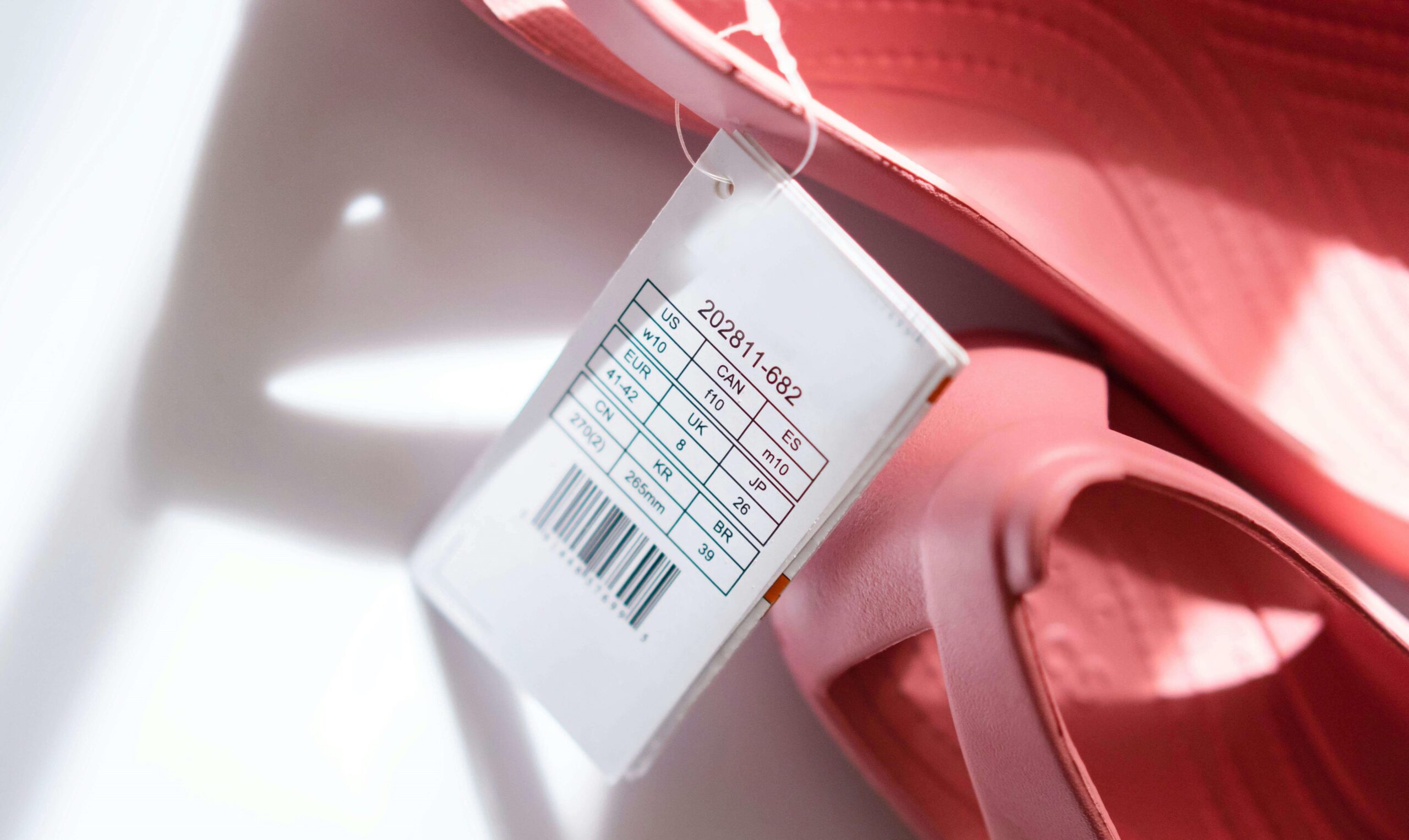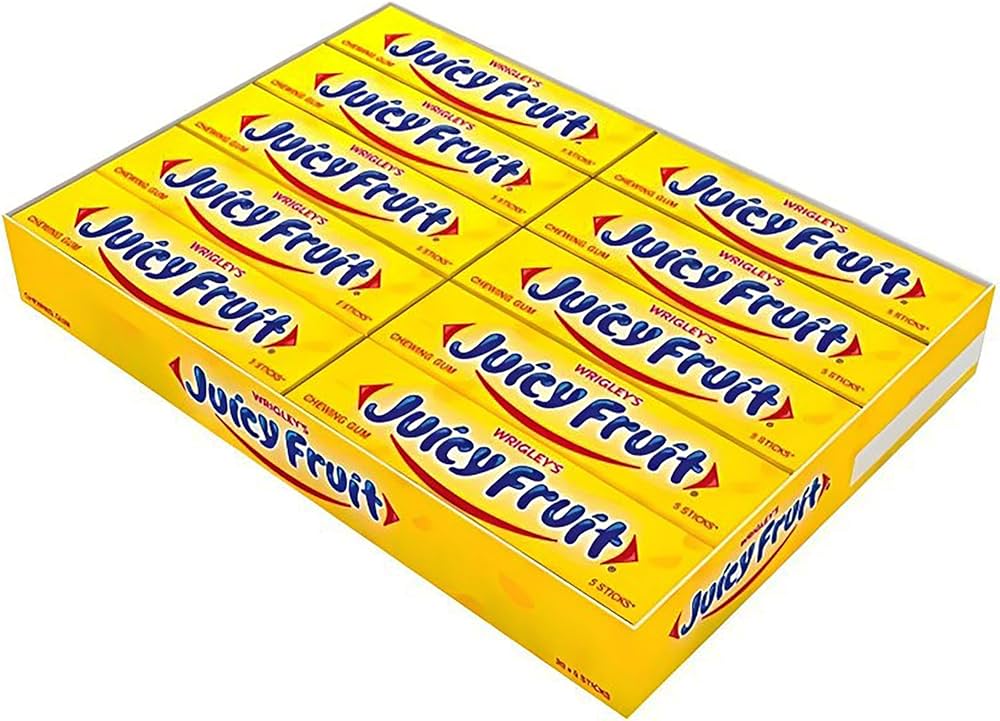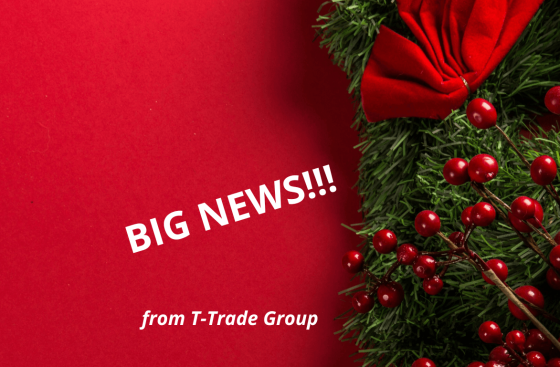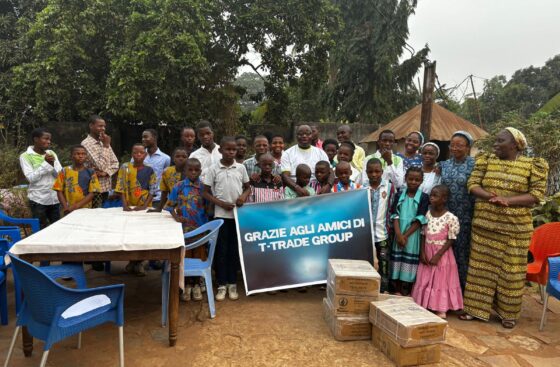
The barcode turns 50!
The barcode turns 50! A very important coding instrument but also marketing tool. It is 26 June 1974 when it officially enters the market: in the city of Troy, Ohio, a packet of Wrigley’s juicy fruit flavoured chewing gum is passed at the till of the Marsh supermarket. Success is immediate. Since then, the barcode has been adopted by retailers and manufacturers as a universal method of identifying consumer products. It is now on the packaging of more than 1 billion references and is scanned billions of times every day.
The barcode consists of black bars and white spaces, as well as a unique set of digits, providing information that, when decoded by a reader, guarantees the identification and traceability of the product itself. The bar code can thus be considered the identity card of that given object. Usually, the application of the code is done by thermal transfer printing. Codes can be applied to a package or a label. To simplify, what is needed for the process, depending on the case, is: printer, media (if printing on a label), thermal transfer ribbon.
Today, however, half a century later, the barcode as we know it is ready to retire (source: Corriere della Sera).
“Twenty-two of the world’s leading FMCG companies have in fact signed a joint declaration calling for retailers and manufacturers to adopt the next generation of 2D codes: the GS1 standard QR codes by December 2027. The initiative, dubbed ‘Sunrise 2027’, thus kicks off a second barcode revolution: the global transition to GS1 standard QR codes, which can hold a wealth of product information and make it easily accessible via smartphones, enabling a wide range of capabilities that will completely revolutionise the consumer experience. And change is already underway with trials of the new technology in 48 countries around the world, representing 88% of the world’s GDP“.
T-Trade Group, a company that produces the entire labelling chain, with legal headquarters in Milan, sales in the province of Padua and production in the province of Ancona, thanks to its highly innovative spirit, is already working on a QR Code traceability system, strongly. It is a very complex and evolved project, which uses a platform called T-Trace and which is able to start from the single piece produced, to its final use by the consumer. The latter then, close to expiry, can also decide whether to consume or donate the product. This is a very important aspect regarding sustainability and circularity, also to combat food and/or pharmaceutical waste (a significant figure: every week in Italy almost half a kilo of food is wasted per person!). The ambitious project is under development and will be communicated as soon as it is ready.
Curiosity about the history of the bar code, considered one of the 50 most revolutionary inventions that made the economy modern.
On 29 November 1948, Bernard Silver and Norman Joseph Woodland, on the seashore, observing the lines drawn in the sand, had the intuition that changed the face of the history of product traceability: to create an automatic recognition that could be read at supermarket checkouts, speeding up queues and payments. From there it was a long way, full of work and tests. In 1973, the US association of major food companies adopted the GS1 bar code (then UPC). In 1974, the official market entry in Ohio, described above, with the packet of Wrigley’s juicy fruit flavour, costing 0.61 cents.

DISCOVER THE T-TRADE WORLD
You may also be interested in...
What's new in the world of labels and thermal transfer ribbons!
For T-Trade Group, a new era begins for the industrial labelling and traceability sector
Read moreA school for orphaned children in Congo
T-Trade and solidarity: “Culture is the most powerful weapon to sow a soil that over time allows individuals to become better”
Read more

